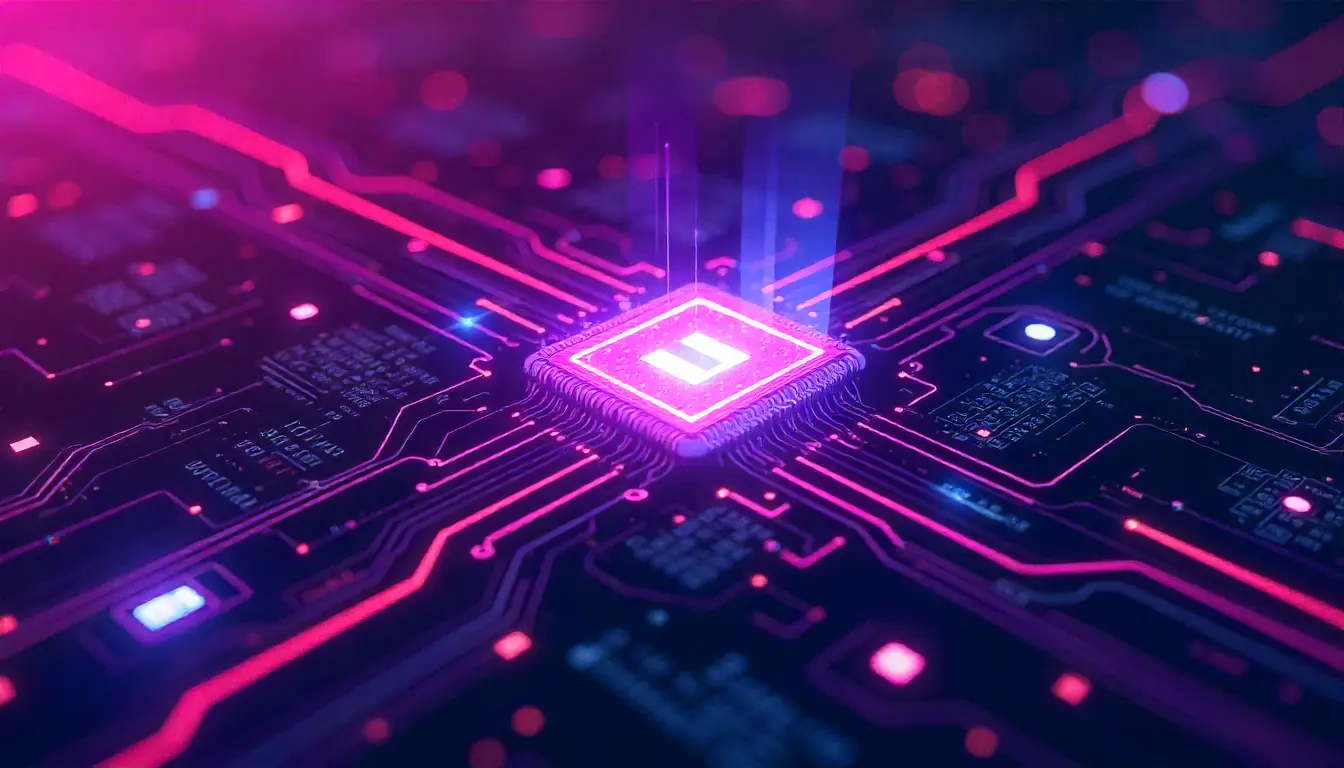Graceful Degradation

Share
Table of contents:

Graceful degradation is a design philosophy applied in software development and systems engineering that emphasizes the ability of a system to maintain functionality and user experience in the face of failures, resource limitations, or changing environmental conditions. This approach ensures that, even when components of a system fail or become unavailable, the overall system continues to operate at a reduced level of performance instead of experiencing a complete breakdown. This is particularly important in complex applications where various interconnected components may be subject to failure due to hardware malfunctions, network issues, or software bugs.
Core Characteristics of Graceful Degradation
- Fault Tolerance: At the heart of graceful degradation is the concept of fault tolerance, which involves designing systems that can withstand certain types of failures without losing their core functionality. This can be achieved through redundancy, where critical components are duplicated, or by employing alternative methods to perform essential tasks when primary resources are unavailable.
- Layered Architecture: Graceful degradation often relies on a layered architecture where each layer or component of the system can operate independently. For example, in a web application, the user interface may still display cached data even if the backend services are temporarily unreachable. This architecture allows individual components to fail without compromising the entire system's operation.
- Progressive Enhancement: This principle complements graceful degradation, emphasizing that systems should provide a basic level of functionality to all users, regardless of their environment or capabilities. Additional features and enhancements can be layered on top of this basic functionality for users with more capable systems. For instance, a website might deliver a simple HTML version to users with limited bandwidth while offering advanced JavaScript features to users with modern browsers.
- User Experience Consideration: One of the key aspects of graceful degradation is maintaining a positive user experience, even in adverse conditions. Systems designed with graceful degradation in mind provide feedback to users when issues arise and offer alternatives or workarounds, ensuring that users can still achieve their goals despite partial system failures.
- Monitoring and Alerts: To implement graceful degradation effectively, systems often include monitoring and alerting mechanisms to detect failures proactively. These systems can log errors, track performance metrics, and notify administrators of issues that may require attention, allowing for quick responses and minimal disruption.
Implementation Strategies for Graceful Degradation
- Redundant Systems: One of the most straightforward ways to achieve graceful degradation is through redundancy. By having backup systems or components that can take over when a primary system fails, applications can maintain service continuity. For instance, cloud-based applications might use multiple servers in different geographical locations to ensure that if one server goes down, others can continue to handle user requests.
- Fallback Mechanisms: In many cases, applications implement fallback mechanisms that allow them to revert to a simpler version of their functionality when more advanced features are unavailable. For example, if a web service cannot connect to an external API, it may provide cached data from previous interactions instead of failing completely.
- Feature Toggles: Developers can use feature toggles (also known as feature flags) to control the availability of specific features within an application dynamically. This allows teams to disable non-essential features during peak load times or when issues are detected, ensuring that core functionalities remain accessible to users.
- Graceful Error Handling: Effective error handling is critical in achieving graceful degradation. By providing informative error messages and alternative options, applications can guide users through the recovery process. For example, if a payment gateway fails, the application might suggest an alternative payment method rather than displaying a generic error message.
- Client-Side Caching: Utilizing client-side caching can enhance the user experience during server outages or slow response times. By storing frequently accessed data locally on the user's device, applications can continue to function with reduced features while maintaining access to essential information.
Mathematical Representation of System Resilience
The effectiveness of graceful degradation can be represented mathematically by assessing the system's performance under varying conditions. Let:
- `P` represent the performance level of the system, defined as a percentage of its intended functionality.
- `F` represent the fault tolerance level, indicating the degree to which the system can continue functioning despite failures.
The relationship between performance and fault tolerance can be modeled as:
`P = (1 - F) * 100%`
This formula illustrates that as the fault tolerance level increases, the performance level can be sustained even when components fail. A higher `F` indicates that the system can maintain a significant portion of its functionality despite issues, leading to a better user experience.
Context and Application of Graceful Degradation
Graceful degradation is essential in various domains, including web development, telecommunications, and distributed systems. In web applications, users expect seamless experiences regardless of their connection quality or device capabilities. By implementing graceful degradation strategies, developers can ensure that applications remain usable even when certain features are unavailable due to network issues or server downtime.
In distributed systems, graceful degradation is crucial for maintaining service availability across different geographical regions and network conditions. For example, cloud service providers often deploy their applications across multiple data centers to ensure that if one center experiences failure, others can continue to deliver services without interruption.
Moreover, in the context of IoT (Internet of Things), devices may experience connectivity issues or limited resources. Implementing graceful degradation ensures that these devices can still perform essential functions or communicate limited data even when full capabilities are not available.
In summary, graceful degradation is a design philosophy that enables systems to maintain functionality in the face of failures or limitations. By incorporating fault tolerance, layered architecture, fallback mechanisms, and effective error handling, developers can enhance user experiences and ensure that applications remain resilient and responsive, even under adverse conditions. As technology continues to advance, the principles of graceful degradation will play a vital role in the development of robust and reliable systems across various industries.











